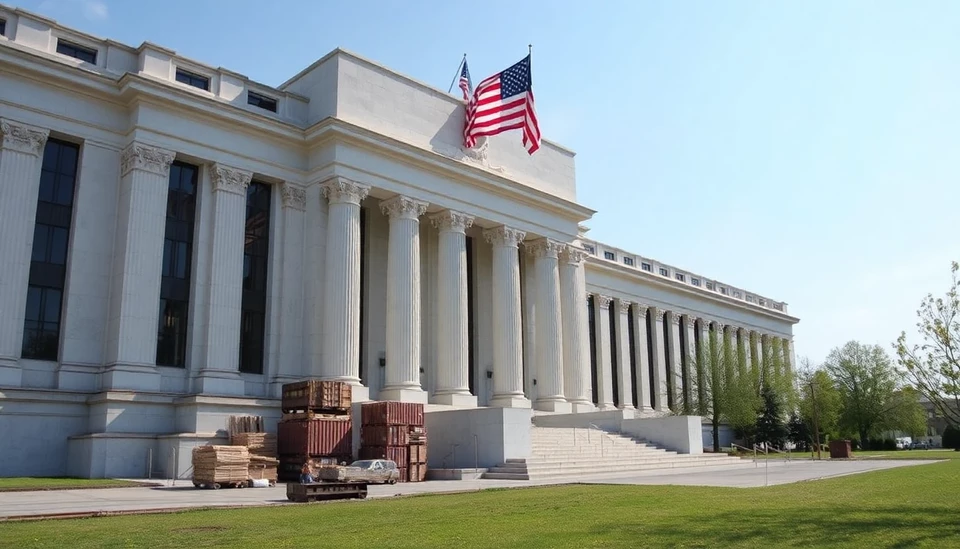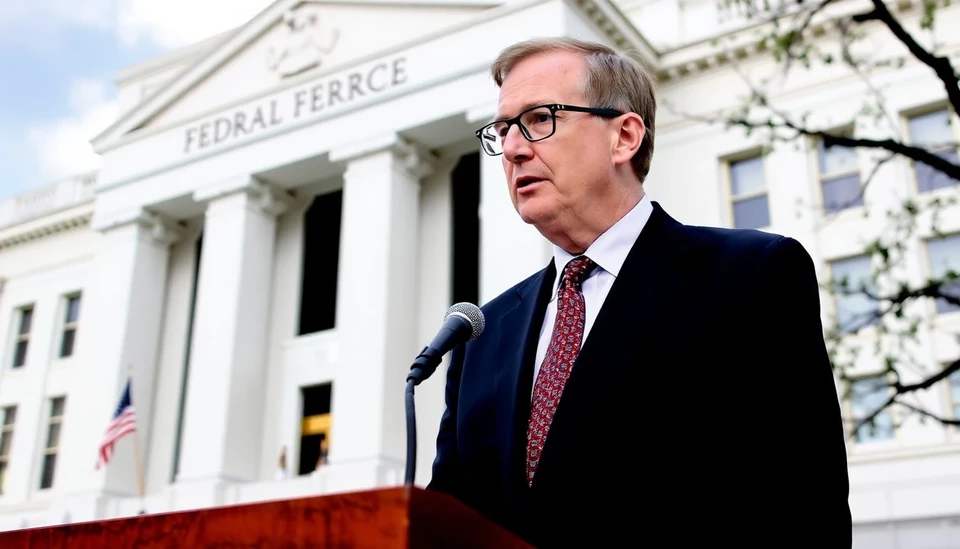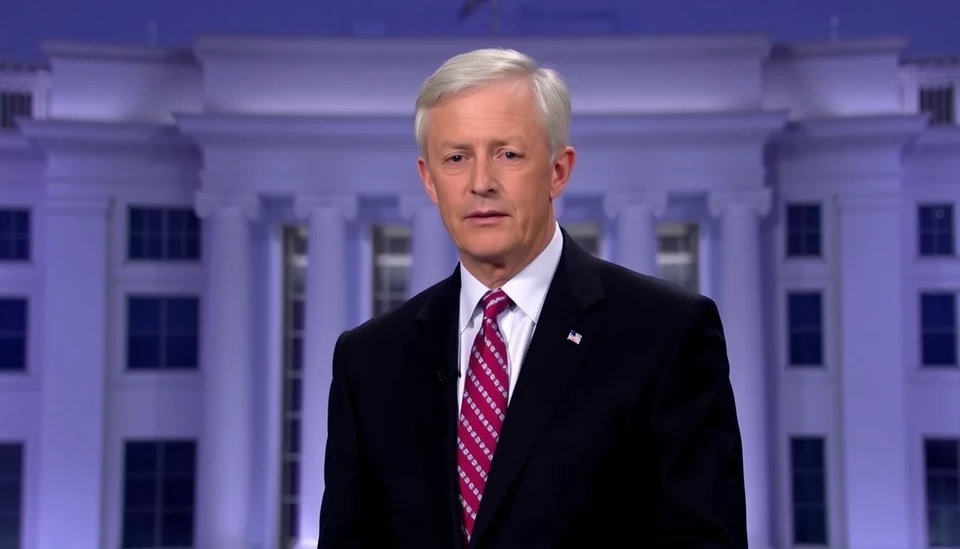
In a significant development concerning the U.S. economy, the Federal Reserve is now faced with an increasingly intricate task of assessing inflation linked to tariffs. This complexity stems from a combination of ongoing trade disputes and adjustments in monetary policy that have arisen in response to the changing economic landscape. The implications of these tariffs are profound, as they not only affect consumer prices but also play a critical role in the broader economic strategy of the United States.
The recent congressional dialogues surrounding tariffs have raised questions about their long-term impact on inflation, necessitating a thorough examination by the Fed. For years, tariffs imposed on imported goods have exerted upward pressure on prices, thereby complicating the Fed's inflation targets. As global supply chains continue to adapt to these tariffs, the Fed must ponder whether these price increases are temporary or if they signify a more persistent trend that could prompt a reevaluation of their policies.
Moreover, the Fed's dual mandate—to foster maximum employment and stabilize prices—means that they cannot afford to ignore the consequences of tariffs. As inflation remains a primary concern, the interplay between tariffs and consumer spending habits becomes crucial. With consumers already feeling the pinch of higher prices, the Fed must navigate the intricate balance of promoting economic growth while managing inflation effectively.
In light of these challenges, Fed officials are grappling with new data that suggest inflation may not be easing as quickly as anticipated. The organization is utilizing a variety of economic metrics to determine how much of this persistent inflation is attributed to tariffs as opposed to other factors such as supply chain disruptions caused by the pandemic.
The interaction between tariffs and inflation is not merely an economic theory; it directly impacts everyday Americans. The cost of living is on the rise, and as households adjust to these price hikes, their ability to spend and save will inevitably be affected. The Fed must take these changing consumer behaviors into account as they devise their tactics to combat inflation and maintain economic stability.
As the situation evolves, the Fed may have to respond with policy tools such as interest rate adjustments or other monetary strategies. However, decisive action must be taken with caution; a misjudgment could exacerbate inflation or diminish economic recovery efforts. Furthermore, the global nature of trade relations means that developments overseas can ripple through the U.S. economy, adding another layer of complexity to the Fed's decision-making process.
In conclusion, the task ahead for the Federal Reserve is not only about analyzing current economic data but also anticipating future economic outcomes amid a shifting landscape of tariffs. As the Fed evaluates its ongoing strategies, the intertwined effects of trade policy and inflation will remain at the forefront of their considerations, signaling potentially turbulent times ahead for the U.S. economy.
#FederalReserve #TariffInflation #EconomicPolicy #USTrade #InflationConcerns #MonetaryPolicy
Author: Rachel Greene




